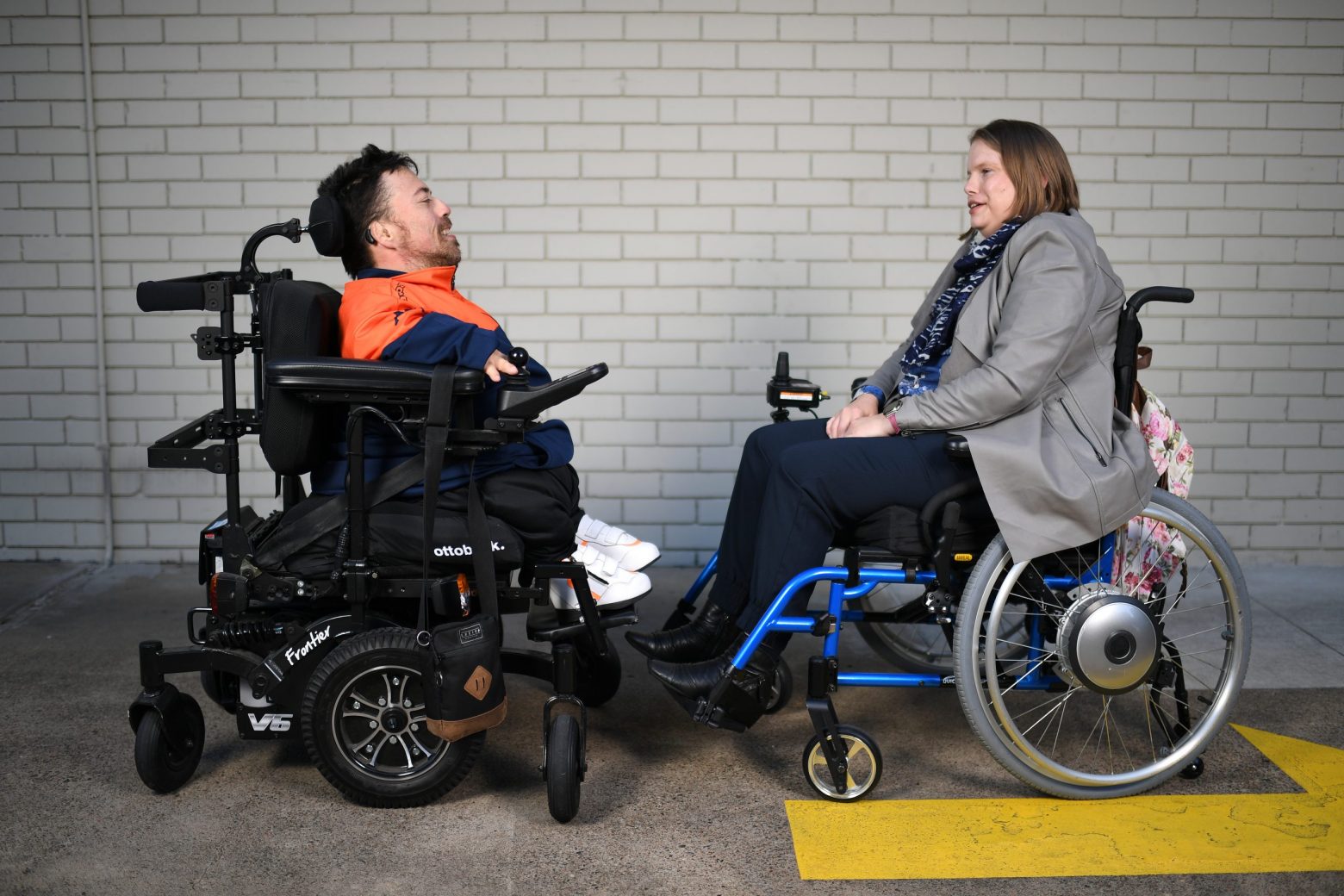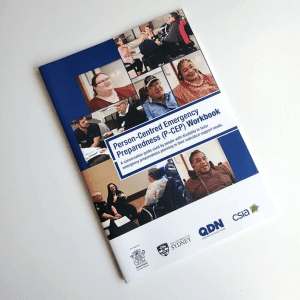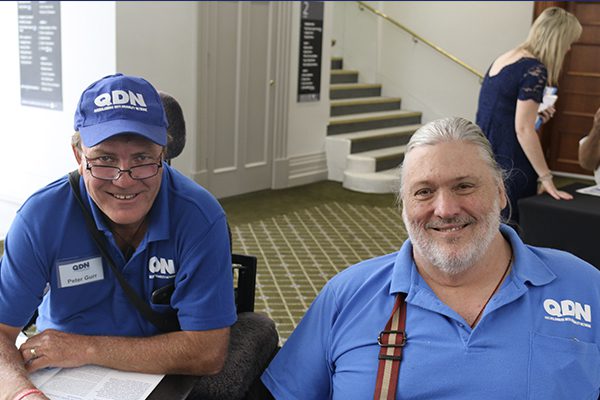Person-Centred Emergency Preparedness (P-CEP) helps to match emergency planning to the supports people need for their health and safety in emergencies. The Disability Inclusive Disaster Risk Reduction (DIDRR) Framework and Toolkit for Queensland is a roadmap for how everyone can work together to co-design local, state and national responses to disaster and emergencies. It was informed by a series of inclusive community engagement consultations across Queensland, and with input and advice from the Advisory Committee.
This resource library recognises the roles of, and the need for collaboration between all the stakeholders involved in planning, managing, and responding to disasters and emergencies. This is key to reducing the risk for people with disability in emergencies and increasing the resilience of people with disability to disaster. One important part of the DIDRR Framework focuses on actions that people with disability need to take in order to increase their personal emergency preparedness. That is the focus of this P-CEP Workbook.
The P-CEP workbook was co-designed by people with disability and is a conversation guide used to tailor emergency preparedness planning to their individual support needs. It outlines four steps to increase emergency preparedness. It is helpful to think of these steps as a series of planning conversations.
Each step provides information, resources, and guidance to get the emergency preparedness conversation started. Each planning conversation results in self-assessment and actions to increase personal emergency preparedness. People with disability can use this P-CEP Workbook to tailor emergency preparedness planning to their support needs – so they know how they will act together with their support network in an emergency.
Tailoring emergency preparedness to the needs of people with disability can be supported by others who have knowledge, skills, and training in P-CEP planning conversations. Those people may be:
- peer support leaders
- community, health, or disability providers or
- emergency services personnel.
Peer Support Leaders trained in P-CEP Peer Support have already taken steps to advance their own emergency preparedness plans. These peer leaders can help others to get prepared through peer support and mentoring. The Person-Centred Emergency Preparedness (P-CEP) Workbook is part of a growing suite of tools developed to enable people with disability to make emergency preparedness plans that are tailored to their individual support needs. A series of videos provide illustration of P-CEP in action.
The P-CEP workbook was co-designed by people with disability and is a conversation guide used to tailor emergency preparedness planning to their individual support needs. It outlines four steps to increase emergency preparedness. It is helpful to think of these steps as a series of planning conversations.
Each step provides information, resources, and guidance to get the emergency preparedness conversation started. Each planning conversation results in self-assessment and actions to increase personal emergency preparedness. People with disability can use this P-CEP Workbook to tailor emergency preparedness planning to their support needs – so they know how they will act together with their support network in an emergency.
The P-CEP workbook has three components:
- A capability framework consisting of eight elements to support self-assessment of strengths and support needs.
- Three principles guiding the joint effort of multiple stakeholders to enable tailored emergency preparedness planning.
- Four process steps enabling the developmental progression of preparedness actions and facilitating linkages between people with disability, their support services and emergency managers.
Series of videos which provide illustration of P-CEP in action.
Video 1
Ipswich Group Convenor Peter Tully describes how to start the P-CEP Conversation using the Capability Wheel.
Video 2
Listen to Professor Michelle Villeneuve break down the 4 Steps of P-CEP.
Video 3
Rebecca shares her journey from never having thought about preparedness to undertaking actions to get herself ready.

“I’ve learned that there’s so much I can do, as a person with a disability, to help myself prepare for emergencies. There’s so much strength within myself and within my community,” Peer Leader




